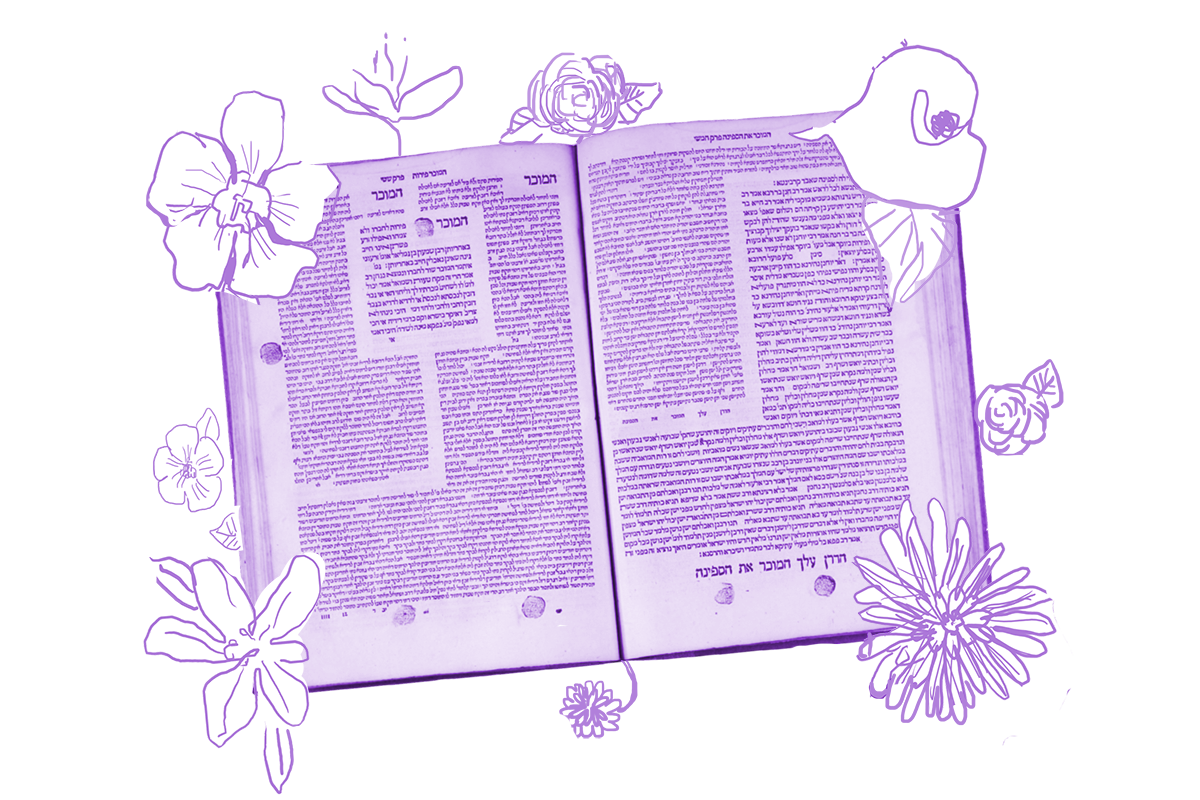One of the recurring themes we’ve encountered in Tractate Yevamot is the question of how substantial the levirate bond is. Once a man dies childless, his widow automatically forges a bond with his brother. And as we’ve seen, this bond has some legal force, even if the levirate marriage is never consummated.
On today’s daf, we find out the act of halitzah, which is designed to dissolve the levirate bond, forges a different kind of bond, also with legal force.
One who performs halitzah with his yevama, he is forbidden to her relatives and she is forbidden to his relatives. He is forbidden to her mother, and to her mother’s mother, and to her father’s mother, and to her daughter, and to her daughter’s daughter, and to her son’s daughter, and to her sister while (his yevama) is still alive. The other brothers are permitted.
According to this mishnah, if a man performs halitzah with his sister-in-law (who now becomes known as a halutzah), he becomes forbidden to marry a number of her close relations. Normally, a man is prohibited from marrying close relatives of his wife (or his ex-wife, if they divorce). The mishnah’s ruling is based on the rabbinic notion that halitzah is akin to having been married and divorced, and so those relatives are off limits to him. If there are other brothers who did not perform halitzah, those relatives are not forbidden to them.
With your help, My Jewish Learning can provide endless opportunities for learning, connection and discovery.
Halitzah, in other words, doesn’t merely sever the levirate bond, after which everything returns to how it was previously. It carries legal implications as well, comparable to a marriage that has ended in divorce.
The Talmud then goes on to devote considerable space to exploring a rather arcane dilemma that stems from this ruling. Essentially, the Torah prohibits a man from marrying a number of close relatives of a woman he divorced. These are the six relations mentioned explicitly in the mishnah (plus the sister, while the yevama is still alive). The rabbis prohibited several additional relatives under this rubric, including the woman’s great-grandmother and great-granddaughter. These are known as secondary forbidden relations, or in the Talmud’s terse parlance sh’niyot — literally “seconds.”
The Gemara wants to know: Do the rabbinic prohibitions on who a divorced man can marry also apply in the case of halitzah? Or does halitzah only preclude one from marrying the biblically prohibited primary relationships?
The Gemara makes a number of attempts to figure this out. Its first attempt is the most obvious one: The mishnah explicitly prohibits the yavam from marrying the mother or grandmother of the halutzah. It does not mention her great-grandmother, which is one of the secondary relations. Therefore secondary relations must not be prohibited to a yavam who performed halitzah.
But the Gemara rejects this. Perhaps the mishnah didn’t specifically mention the great-grandmother because it was concerned that we might erroneously conclude that the remaining brothers were permitted specifically to marry the great-grandmother, but not the grandmother. So then why didn’t the mishnah say that specifically — that the remaining brothers are permitted to “all” of the relations mentioned? The Gemara has no answer to this, but it moves on, determining this proof to be insufficient to render a firm judgment.
The Talmud continues in this vein for some time, raising one argument after another and rejecting each in turn. Eventually, it concludes that it cannot find a basis for extending the prohibition to secondary relations. The rule is as the mishnah states it.
It’s a curious (and lengthy) digression to arrive at precisely the place where we started, that the mishnah prohibits only what it says it prohibits and nothing more. But it tells us something about the principles of logic that the rabbis employed. If treating a man who has performed halitzah like a divorced man is a rabbinic innovation, then perhaps the prohibitions that result from it should also follow rabbinic rules. Turns out, they don’t. But the rabbis are willing to spill considerable ink proving that.
Read all of Yevamot 40 on Sefaria.
This piece originally appeared in a My Jewish Learning Daf Yomi email newsletter sent on April 16th, 2022. If you are interested in receiving the newsletter, sign up here.



